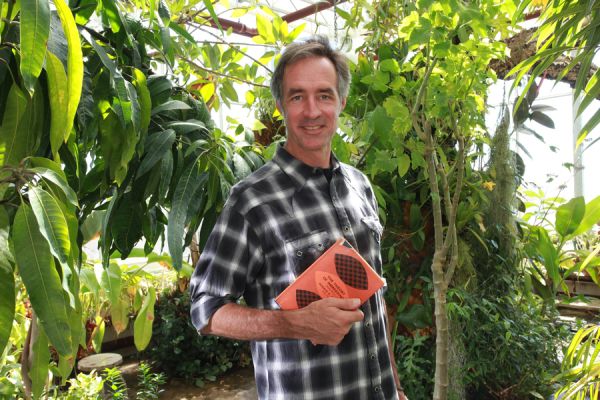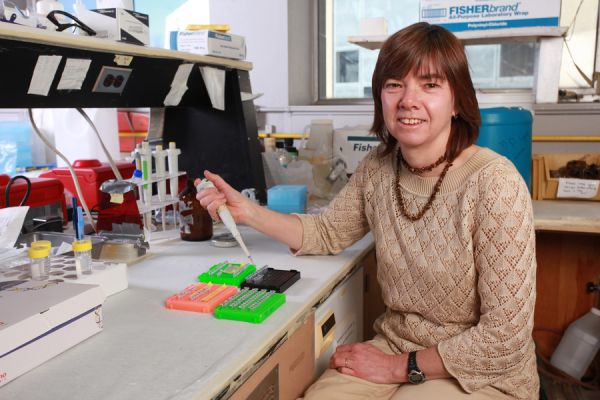We are a diverse group of Biology faculty who use quantitative skills in our everyday research, and are interested in developing these skills for undergraduate, graduate and postgraduate training.
Environmental Impacts on Aquatic Communities and Ecosystems
- Analysis of variance—multifactor repeated measures ANOVA on experimental data; Ordination—principal component analysis of zooplankton community data, redundancy analysis to relate environmental gradients to zooplankton community data.
- Software: Statistica, JMP, Canoco, R
Evolutionary Genetics and Organismal Biology
- Analysis of variance, quantitative genetics of life histories, heritability, generalized linear models.
- Software: JMP
Aquatic Ecology and Paleolimnology
- Regression (GLM); multivariate techniques to assess and reconstruct environmental change from community data (e.g., regression and calibration (WA, ML, PLS, Neural Networks); unconstrained (e.g., PCA, CA, DCA, NMDS), constrained, and partial ordination techniques (e.g., RDA, CCA, variance partitioning); multivariate assessment of difference between groups (e.g., ANOSIM, SIMPER); clustering techniques.
- Software: CANOCO, Primer, R
Theoretical Evolutionary Ecology
- Mathematical modeling—evolutionary ecology, infectious disease evolution, kin selection, sexual selection, epigenetic inheritance, inter- and intra-specific interactions.
- Software: Mathematica
Prokaryotic Gene Function, Metabolism, and Genome Evolution
- Constraint-based metabolic modelling (flux balance analysis), phylogenetics, statistics.
- Software: Matlab, R
Plant Evolution and Population Genetics
- Experimental design; linear models: including mixed models, repeated-measures models, analysis of covariance, multiple regression; multivariate analysis of morphological and environmental data; resampling and randomization methods; computer simulation; spatial analysis of geographic variation; quantitative-genetic analyses; estimating mating systems using likelihood-based analysis of molecular progeny array data.
- Software: JMP, R, Arlequin, MLTR, pascal
Plant Evolution and Ecological Genetics
- Quantitative and population genetics.
- Experimental design, generalized linear models, quantitative genetics and QTL mapping
- Software: R, SAS
Molecular Ecology and Phylogenetics
- Coalescent theory, molecular assignments.
- Software: Arlequin, BayesAss, Bottleneck, Fluctuate, GeoDis, Mega, Migrate, 2MOD, Populations, Structure, TCS
Speciation and Diversification of Vertebrates
- Phylogenetics—Bayesian, likelihood and parsimony approaches to phylogeny inference, character mapping, constraint analyses, coalescence Generalized linear models—morphometric and sonographic analyses. univariate and multivariate analyses of spatial genetic structure—Bayesian assignment methods.
- Software: MrBayes, PAUP*, Mesquite, Structure, BEAST, JMP
Origins and Maintenance of Diversity
- Generalized linear models, mixed models—analysis of geographic variation in richness, rates of trait evolution, neutral genetic divergence, species accumulation curves, spatial overlap in distributions, behavioural experiments (song playback, mate choice), quantifying natural history, habitat use; moving into Information Theoretic approach.
- Software: S+/R, SPSS, Syrinx, GIS, MEGA
Sexual Selection
- Analysis of animal and plant colours, paternity, and bird song. Univariate and multivariate statisitics, resampling, exploratory data analysis, data management. Information Theoretic approaches, Generalized Linear Models, data vizualization.
- Software: JMP, R, DataGraph, Raven, Veusz
Evolutionary Ecology of Aquatic Systems
- Statistical population models—generalized additive time-series models (splines) fit to multinomial count data, nonlinear population models, resampling methods; Mathematical modeling—stage-structured population models.
- Software: R, Matlab, C
Theoretical Evolutionary Ecology
- Mathematical modeling—evolutionary ecology, evolutionary game theory, inclusive fitness, structured populations.
- Software: Maple











